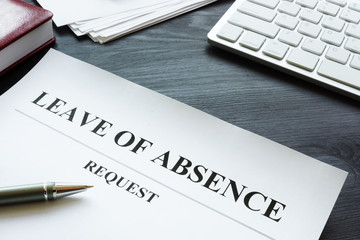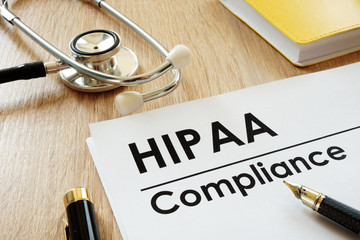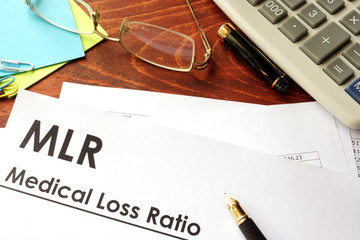The IRS has released a private letter ruling (No. 202434006) approving an employer’s program that gives employees the option to direct employer contributions toward several different offered benefits. A private…


The IRS has released a private letter ruling (No. 202434006) approving an employer’s program that gives employees the option to direct employer contributions toward several different offered benefits. A private…

The Inflation Reduction Act of 2022 (IRA) includes several cost-reduction provisions affecting Medicare Part D plans, which may impact the creditable coverage status of employer-sponsored prescription drug coverage beginning in…

On Sept. 9, 2024, the Departments of Labor, Health and Human Services, and the Treasury (Departments) released a final rule to strengthen the requirements of the Mental Health Parity and…

Employers often want to create an employee leave policy that applies to all their workers, regardless of the state in which they work. Uniform multistate policies are appealing because they…

Beginning Dec. 23, 2024, covered entities and their business associates must comply with stricter HIPAA privacy protections for reproductive health care. These new protections prohibit regulated entities from using or…

Employers with group health plans that provide prescription drug coverage must notify Medicare Part D eligible individuals before Oct. 15 of each year about whether the drug coverage is at…

On Sept. 9, 2024, the Departments of Labor, Health and Human Services, and the Treasury (Departments) released a final rule to strengthen the requirements of the Mental Health Parity and…

On Sept. 6, 2024, the IRS released Revenue Procedure 2024-35 to index the contribution percentage in 2025 for determining the affordability of an employer’s plan under the Affordable Care Act…

Health savings accounts (HSAs) are a popular type of tax-advantaged medical savings account available to individuals enrolled in high deductible health plans (HDHPs). Individuals can use their HSAs to pay…

The Affordable Care Act (ACA) requires health insurance issuers to spend a minimum percentage of their premium dollars on medical care and health care quality improvement activities rather than administrative…